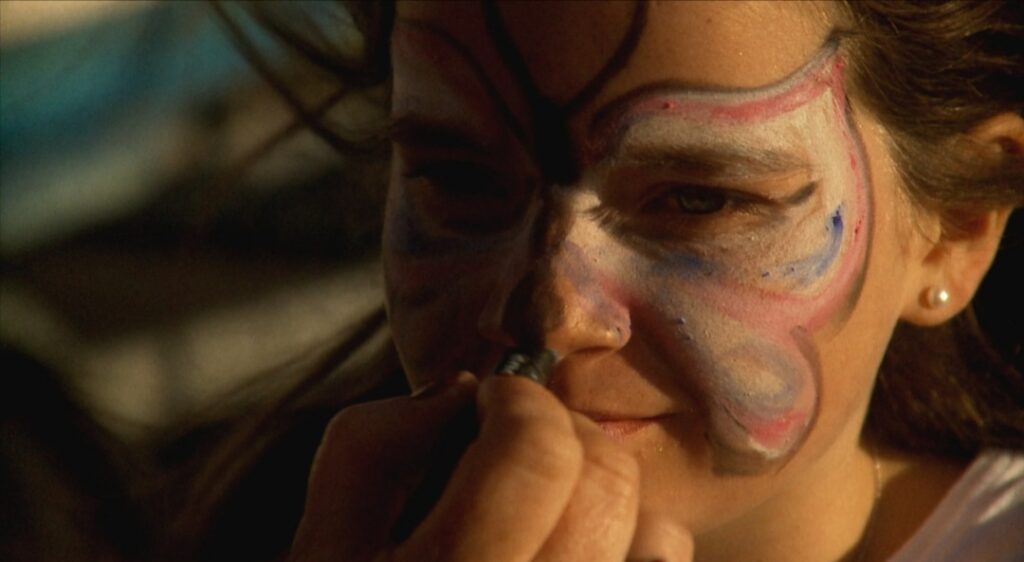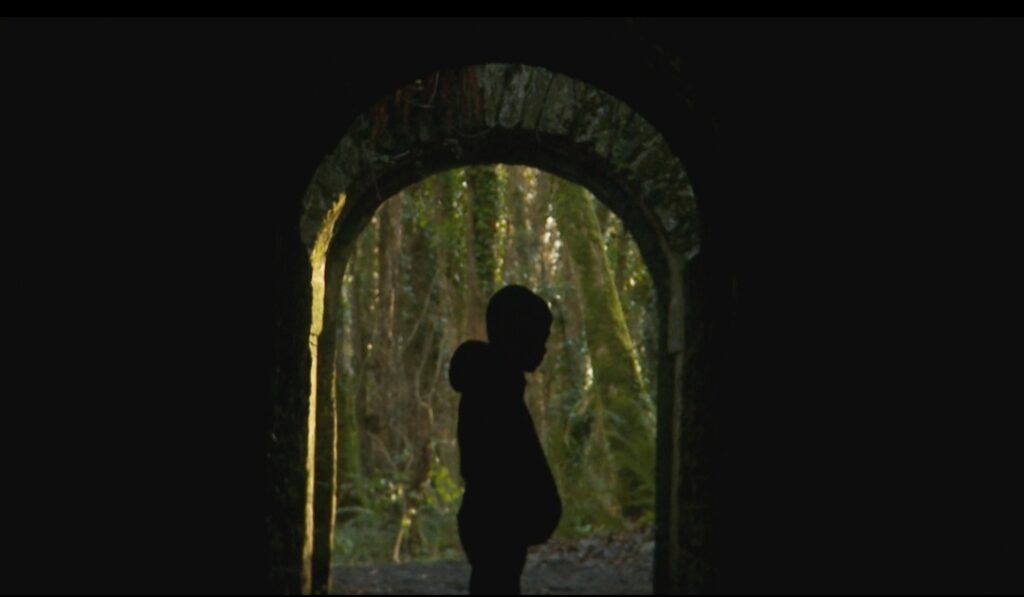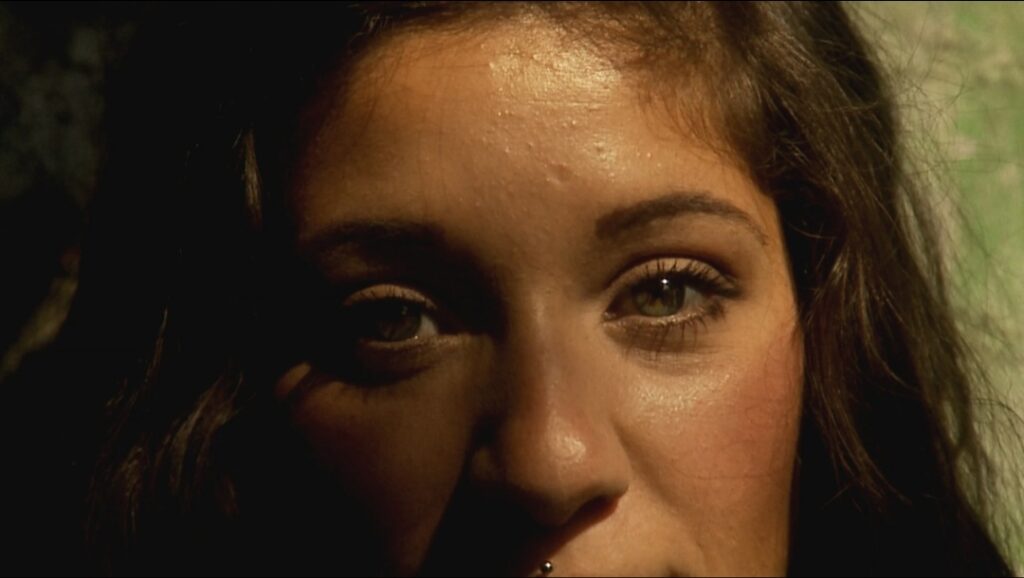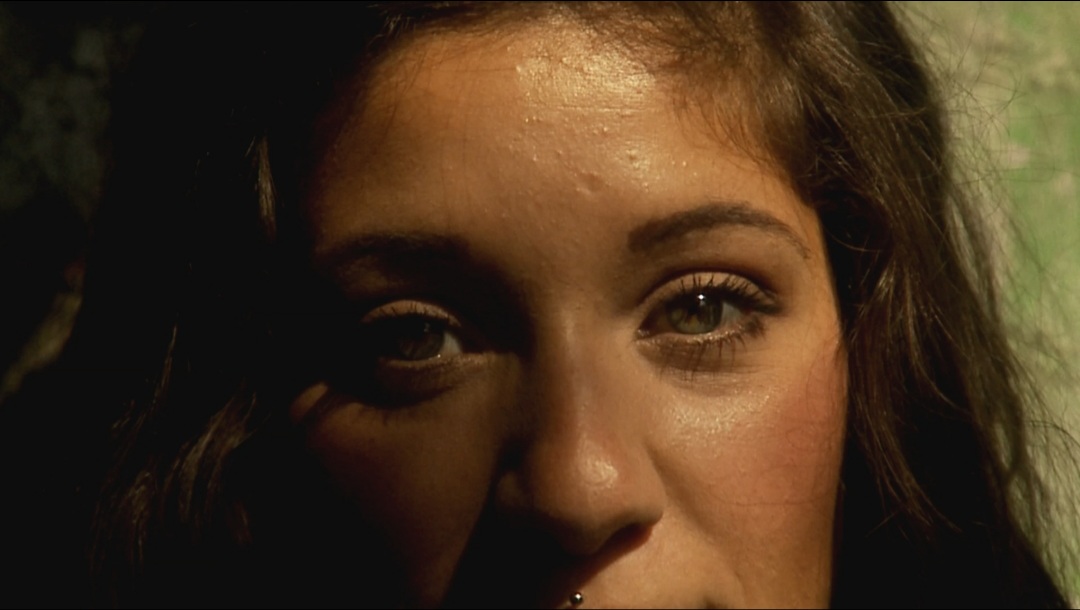When it comes to the moving image, there are movies and there is cinematic art. One leaves its audience entertained and the other leaves its audience eye-opened and in awe. Where The Merrows Roam falls into the latter category.
As an experimental feature that is dialogue-free, Colin Hickey’s film is a raw presentation of the world around us. Engaging the senses through sound and movement, his film depicts life’s beauty through nature and childhood memory.

With a score by Pipe Gaitan and sound design done by Mauricio Navarro, the film is guided through its dynamic soundscape. Ambient sounds are paired with the movement in the editing (Hickey), creating a rhythmic pour of emotion. This synchronisation is seen in the smallest of details, like a woman’s blink matched up to the hoot of an owl. The sound and editing produce such a flow that it takes an observant eye to realize that most shots are still and the only actual movement comes from the subjects on screen. The film introduces many faces in its 60-minute duration. These silent subjects tell such a powerful story through their furrowed brows and pensive glares, suggesting a life of hardship yet tranquility.
One of the most unique parts of the film is its distinct tonal shifts. Marked by a change in score and change in images, the film goes through phases that each evoke a different emotion and story of sorts. The best way to describe this would be to compare it to the phases that an artist goes through. If you look at the work of Picasso, his art is segmented into several periods, the Blue Period, the Rose Period, and Cubism being some of the most notable. Just how an artist goes through periods, Where The Merrows Roam can be dissected into parts, each showing a different side of Hickey’s craft.

Through raw and unbothered glimpses of coastal life, the film does a beautiful job of not glamorizing or shaping its subjects and setting in a motivated way. It simply presents them, letting the sounds and visuals speak for themselves. That untouched beauty makes for a pensive and ethereal work of art.
Similarly to the short documentary The Solitary Life of Cranes, the film invites its audience to enter a trance like state, zoning out and drifting into thought. This almost engaged distance in the spectatorship is difficult to achieve and without a doubt grants Where The Merrows Roam the title of cinematic art.


